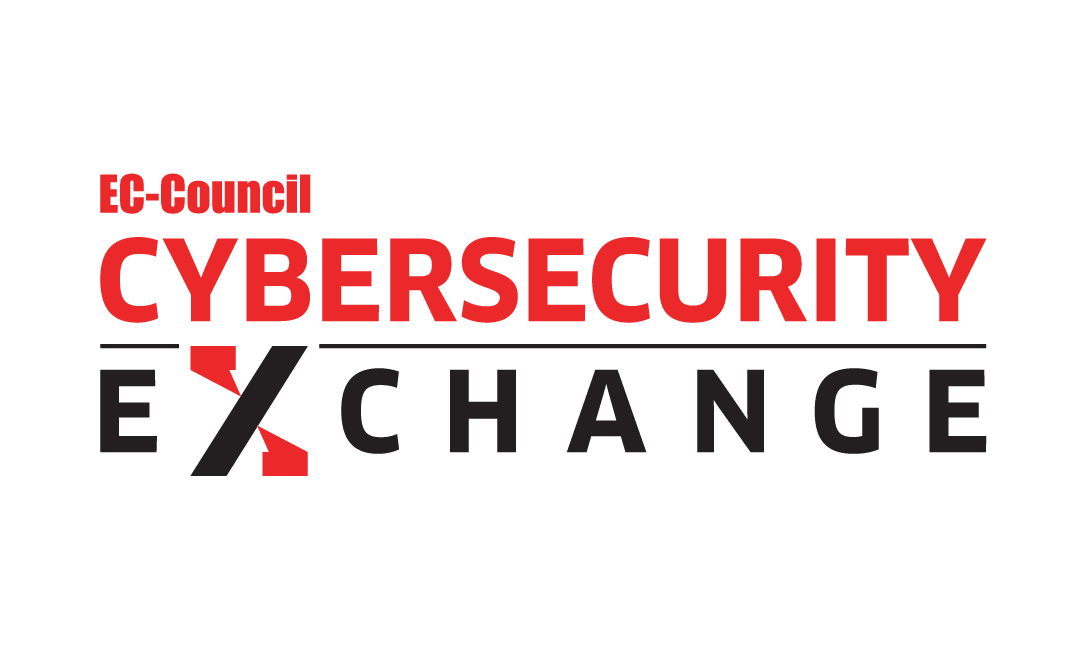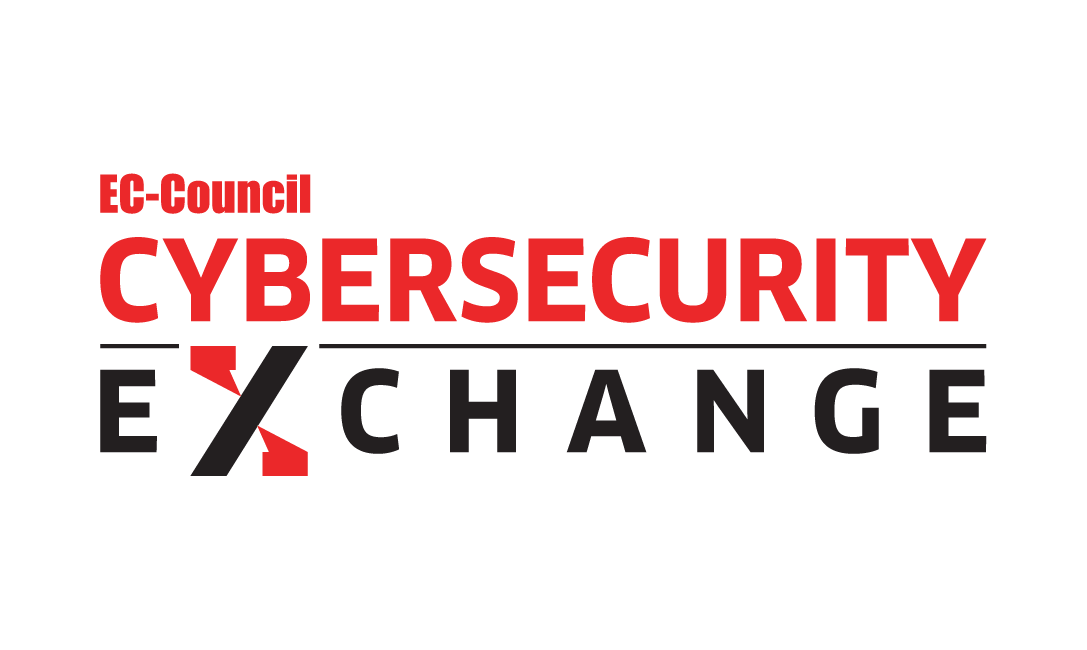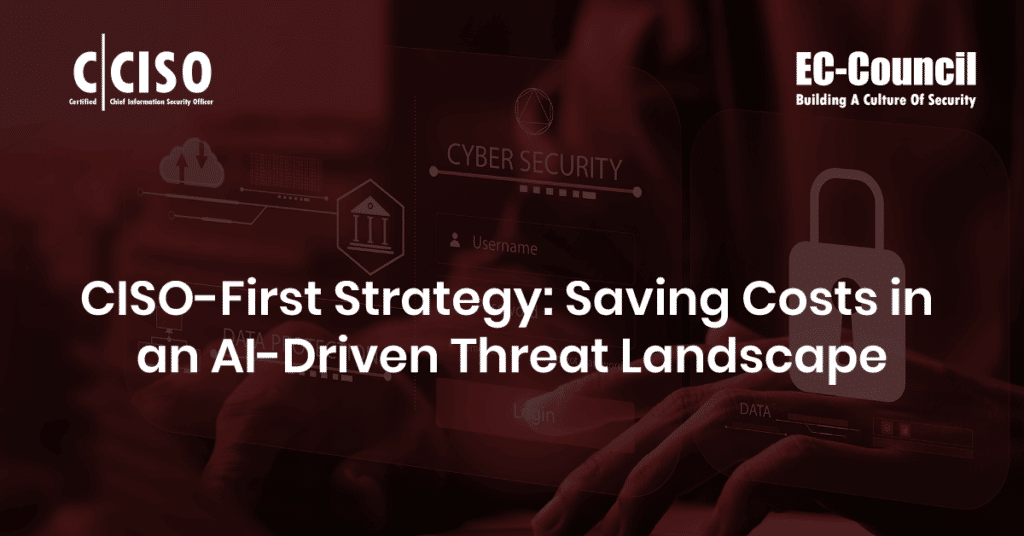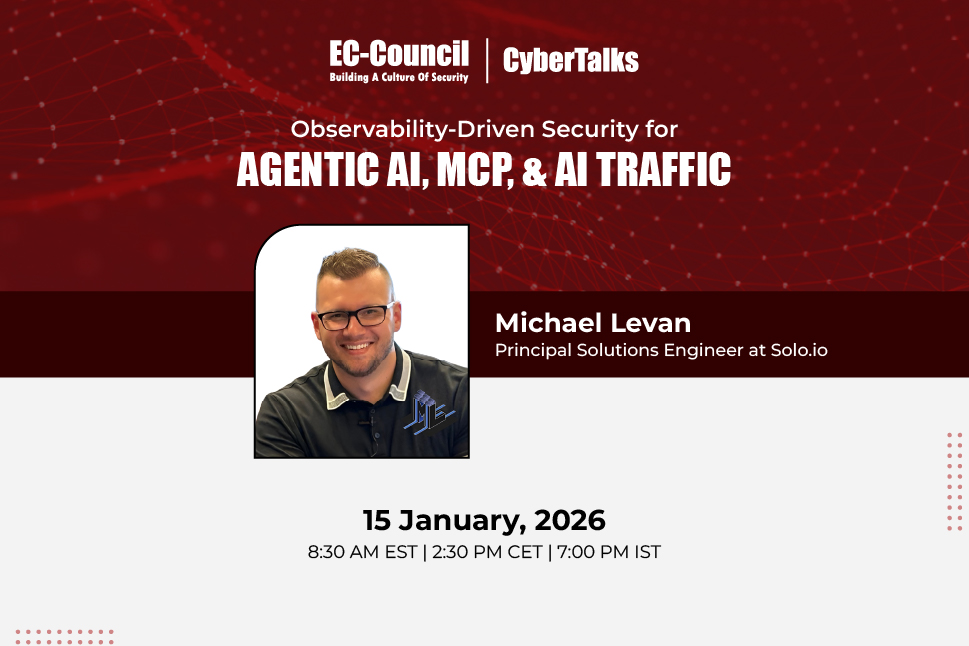Many startups try to save costs by hiring cybersecurity engineers first and delaying the recruitment of a Chief Information Security Officer (CISO). At first glance, this looks efficient—engineers can patch vulnerabilities, configure firewalls, and deploy tools quickly. However, in practice, it’s a costly misstep. Without a CISO providing strategic oversight, security efforts become fragmented. Engineers address surface-level issues, while systemic risks go unmonitored.
The stakes are rising fast. AI-driven threats such as deepfake phishing, automated malware, and large-scale social engineering attacks are accelerating. The average cost of a data security breach in the U.S. climbed to $10.22 million, from $9.36 million in 2024, while the global average stood at $4.44 million (IBM, 2025).
A CISO-first approach flips the script. A CISO establishes governance, risk architecture, and compliance roadmaps that make engineering work effective from day one. They define risk appetite, align controls with business objectives, design scalable zero-trust infrastructure, and build incident response programs with tested playbooks. The result: drastically reduced breach costs, faster recovery, and a security posture that enables growth instead of blocking it.
CISO-First: Risks Avoided, Value Created
Cost of Operating Without a CISO
- Engineers address visible issues but miss critical gaps like supply chain vulnerabilities.
- Ad hoc tools and fixes create integration headaches and stall compliance with SOC 2, ISO 27001, or NIST Cybersecurity Framework (CSF).
- Retrofitting governance and architecture later can cost three to five times more than building them right the first time.
CISO-First Plan by Growth Stage:
- Pre-A (Early Revenue): Hire a fractional CISO to develop a risk register, security charter, and 12-month roadmap. Hire engineers to deploy multi-factor authentication (MFA), endpoint detection, and cloud guardrails.
- Post-A (Scaling): Expand with engineers and governance, risk, and compliance (GRC) support to implement SIEM, vulnerability management, and SOC 2 readiness.
- Post-B (Multi-Region): Build in-house detection, privacy operations, and AI governance frameworks—without expensive retrofits.
Key Priorities of a CISO's First 90 Days:
- Gain leadership approval on a security charter and risk appetite.
- Establish a top-10 risk register with owners.
- Build reference architecture for identity, cloud, data, and AI protections.
- Deploy an incident response program and complete a tabletop exercise.
- Deliver a customer-facing security brief to accelerate enterprise sales.
ROI of a CISO-First Approach:
- Avoids costly rework, building compliant, scalable systems from day one.
- Speeds enterprise sales with early compliance readiness.
- Reduces breach impact through mature governance and incident readiness.
- Maximizes engineering efficiency by aligning execution with strategic priorities.
Table 1: CISO-First vs. Engineer-First Approach Cost, Risk, and Impact Comparison
| Category | CISO-First Approach | Engineer-First Approach |
|---|---|---|
| Initial Security Leadership | Hire CISO (full-time or fractional) before security engineers; sets vision, governance, and roadmap. | Hire one to two security engineers; governance delayed until late stage. |
| Risk Prioritization | Risk register and critical assets mapped early; controls prioritized for maximum impact. | Engineers address visible issues, not necessarily highest-risk ones. |
| Architecture Design | Cohesive, scalable security architecture implemented from day one. | Fragmented, tool-first architecture; difficult and expensive to integrate later. |
| Compliance Readiness | SOC 2, ISO 27001, or NIST CSF alignment built into early operations. | Compliance readiness delayed; enterprise deals pushed back. |
| Incident Response | Playbooks, escalation paths, and legal/comms integrated before incidents occur. | Reactive, improvised response during incidents; no formal incident response plan |
| 3-Year Total Cost of Ownership (TCO) | $1.2M (CISO + engineers + roadmap execution; minimal retrofits). | $2.5M+ (engineers + later CISO + extensive retrofits and rework). |
| Impact on Sales Cycles | Shorter – enterprise readiness achieved earlier; fewer lost deals. | Longer – compliance and governance gaps stall sales cycles. |
| Cost of Retrofits | Low – built right the first time. | High – multiple systems need re-engineering to meet compliance. |
| Cost of Breach | Lower severity and frequency due to mature controls and governance. | Higher severity and recovery costs; longer downtime and reputational damage. |
CISO-First vs. Engineer-First Cost Comparison
Choosing between a CISO-first and an engineer-first approach has major implications for security effectiveness, compliance readiness, and overall cost. While engineer-first models may seem cheaper initially, delayed governance, retrofits, and compliance accelerations drive up total cost over time. This section breaks down the three-year total cost of ownership (TCO) for both approaches, highlights effective cost savings, and explains the key drivers behind the cost gap.
CISO-First Approach Costing (Estimated $1.2M over 3 Years)
In the first year, the model starts with a fractional CISO (0.5 FTE) at about $150K annually to establish (GRC) foundations. A security engineer is also hired at a base salary plus roughly 30% in benefits and overhead, bringing the total to around $195K. To cover monitoring and response needs, the organization engages MSSP services and implements security tools such as SIEM, EDR, vulnerability management, cloud posture management, and an incident response retainer.
In the second and third years, the CISO role transitions to full-time, increasing overall compensation. Costs also rise if the team expands with a second security engineer and as MSSP and tool expenses grow to accommodate higher log ingestion and license scaling. The total projected expenditure across three years is summarized in the table below.
Table 2: CISO-First 3-Year TCO Projection
| Component | Year 1 | Year 2 | Year 3 | 3-Years Total |
|---|---|---|---|---|
| CISO (Fractional → Full-Time) | $150K | $250K | $250K | $650K |
| Engineers (1 → 2) | $195K | $390K | $390K | $975K |
| MSSP & Tools | $100K | $150K | $150K | $400K |
| GRC Contractor | $50K | $50K | $50K | $150K |
| Total Spend | $495K | $840K | $840K | $2.175M |
Effective Cost: When governance is in place from day one, the company avoids 20–30% on past work (“retrofit tax”). This reduces TCO to roughly $1.2M–$1.4M in effective build cost for the same maturity level. in effective build cost for the same maturity level.
Engineer-First Approach Costing ($2.5M+ over 3 Years)
In the first year, the model relies on two security engineers without a CISO, leaving security decisions to be made ad hoc and compliance deprioritized. Tools are acquired tactically, but licenses remain poorly integrated. In the second year, a CISO is onboarded and must retrofit existing systems and policies. The two engineers continue in their roles, while MSSP and tool costs increase. Rework from architecture rebuilds, tool integration, and compliance retrofits adds $200K–$300K. By the third year, the team still includes the CISO and two engineers, with increasing tools and GRC contractor costs. A one-time compliance acceleration effort adds further expenses, driving up total costs. The full three-year expenditure is detailed in the table below.
Table 3: Engineer-First 3-Year TCO Projection
| Component | Year 1 | Year 2 | Year 3 | 3-Years Total |
|---|---|---|---|---|
| CISO (Late Hire) | $0 | $250K | $250K | $500K |
| Engineers | $390K | $390K | $390K | $1.17M |
| MSSP & Tools | $80K | $150K | $150K | $380K |
| GRC Contractor | $0K | $0K | $50K | $50K |
| Retrofit/Rework Costs | $0 | $250K | $150K | $400K |
| Total Spend | $470K | $1.04M | $990K | $2.5M+ |
Effective Cost: Even with a similar headcount by the end of three years, retrofits and compliance delays drive total cost to $2.5M.
Key Drivers of the Cost Gap
- Retrofit Tax: Fixing architecture, replacing tools, and re-engineering processes to meet compliance can add 15–30% to the total spend.
- Compliance Delays: Lost or delayed enterprise deals = opportunity cost.
- Breach Impact: Higher incident costs occur when governance, IR plans, and training come late. Even one moderate incident ($200K–$500K recovery) widens the gap further.
- Engineering Misalignment: Early engineer effort is often spent on low-risk areas, meaning money is spent without strategic ROI.
Conclusion
In today’s AI-amplified threat landscape—where data security breaches cost over $10M in the U.S. and risks scale exponentially—investing early in a CISO is not an expense, it’s a strategic multiplier. The modest upfront cost is overshadowed by the savings in breach response, lost revenue, and strategic misalignment.
Reference
IBM. (2025, n.d.). Cost of a Data Breach Report 2025: The AI Oversight Gap.
https://www.ibm.com/downloads/documents/us-en/131cf87b20b31c91
Tags
About the Author

Tas Jalali
Cybersecurity, AC Transit
Tas is an accomplished cybersecurity leader with 19+ years of experience in startups and Fortune 500 companies. He specializes in risk-based Information Security programs, Compliance, and Privacy, aligning security with business strategies. Tas has led security teams, developed secure products, managed technology risk, and achieved regulatory compliance. He has consulted for Fortune 500 companies, improving their security strategies and risk management. Tas is the head of cybersecurity at AC Transit and holds a BS in Engineering and a Master’s (ALM) from Harvard University.










